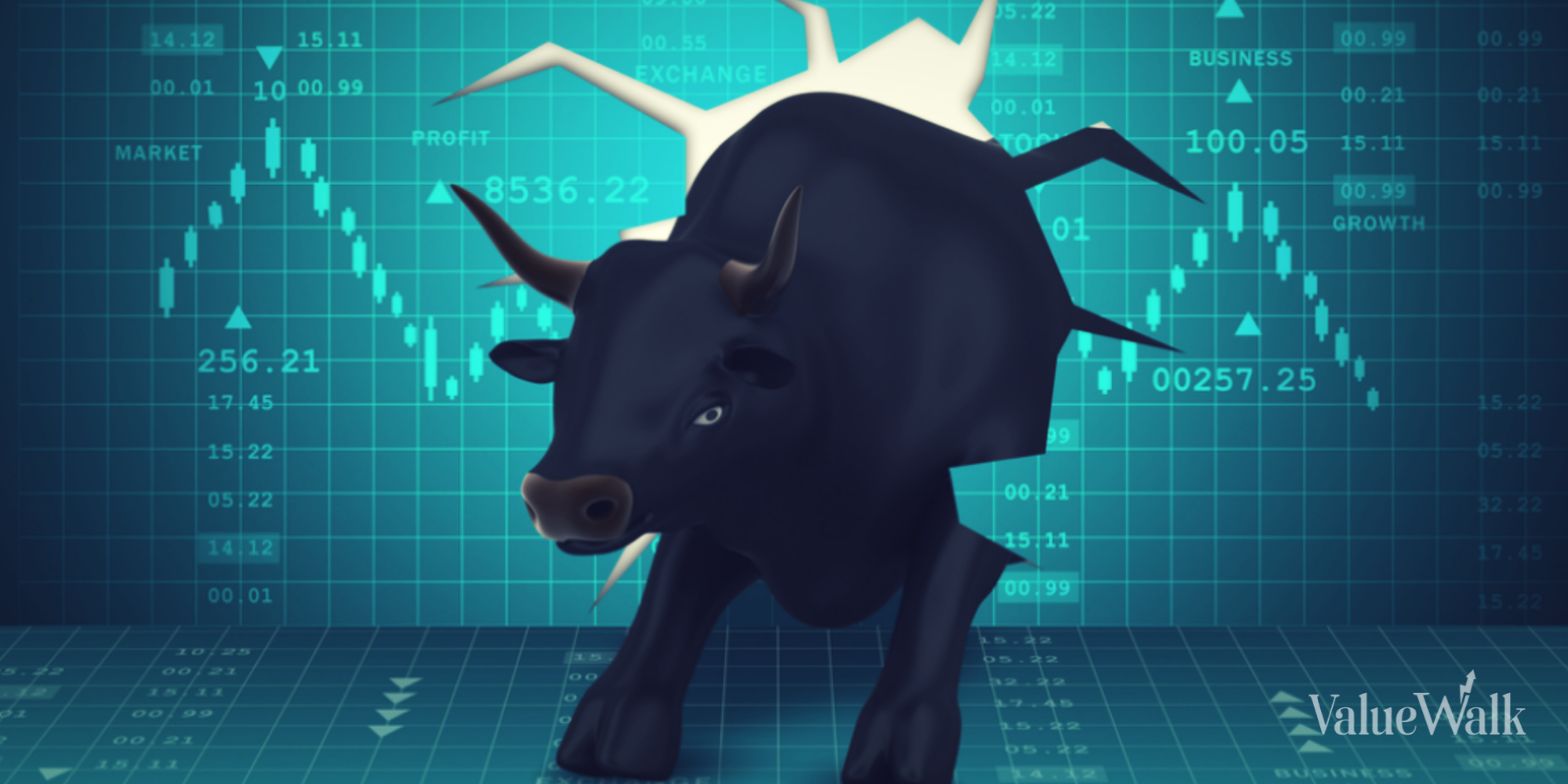I believe that the Buy-and-Hold retirement studies claiming that the safe withdrawal rate is always 4 percent are in error. They lack an adjustment for the valuation level that applies on the day the retirement begins. When the safe withdrawal rate is calculated properly, you get a number between 1.6 percent and 9.0 percent, depending on the valuation level that applies.
Fine.
But the number that Buy-and-Hold studies identify is not a random number. It is the Historical Surviving Withdrawal Rate (HSWR). That’s essentially the average of all the possible safe withdrawal rates.
Calculating the safe withdrawal rate
What you are doing when you calculate the number in the manner in which the Buy-and-Holders do is taking valuations out of the story and getting the safe withdrawal rate that would apply if the market were efficient, if all investors were rational at all times, if things were the way the people who developed the Buy-and-Hold concept thought they were when they came up with the strategy. Is that number meaningful at all?
It’s not terribly meaningful. It’s highly misleading.
It’s not terribly meaningful because without more information the aspiring retiree has little idea whether his retirement plan is going to work out or not. When the real safe withdrawal rate is 9.0 percent, taking a withdrawal of 4.0 percent is super safe. When it is 1.6 percent, it is super risky. All that you really know without more information is that the retirement plan might work and it might not. You knew that before you did the calculation.
It’s highly misleading because it masks the most important issue in stock investing. Valuations are the most important consideration by far. I think it would be fair to say that taking valuations into consideration at all times is 70 percent of what it takes to achieve long-term success with stock investing. That’s hard to do because we all have a Get Rich Quick urge residing within us that tells us that this might be the first time in history when valuations stop being such a big deal, that maybe we will somehow get away with employing a Buy-and-Hold strategy. Hearing that the safe withdrawal rate is the same number at all valuation levels encourages that Get Rich Quick urge to come out and play. It is a price indifferent way of assessing retirement risk that fits perfectly with a strategy that is price indifferent in every respect.
Still….
The reality is that the Buy-and-Hold number will usually work. The CAPE level of 44 that pulled the safe withdrawal rate down to 1.6 percent was a highly unusual event. That happened once in U.S. history. The safe withdrawal rate is usually not too terribly far off from 4 percent. I’m not quite willing to say that the 4 percent number is a reasonable rule-of-thumb. But I think that I can say that it is not an entirely unreasonable rule of thumb. It’s sort of, kind of in the right neighborhood most of the time.
If that sounds good to you, go for it, you know? My real reason for being so critical of the Buy-and-Hold number is that we could do so much better. There are some things that we just do not know about stock investing. So we just have to make do with what we know today. For example, we cannot say when price turns will take place. It’s just one of those things. That’s not so with safe withdrawal rates. We can calculate them accurately. There’s nothing stopping us from doing so except our reluctance to upset our Buy-and-Hold friends. I would like people to be able to hear both sides and make up their own minds. That belief about how things should be is core to my being.
An extremely conservative Concept
Here’s something, though. The safe withdrawal rate concept is an extremely conservative concept. You are calculating what would work in a worst-case scenario. The likelihood is that a worst-case scenario is not going to turn up. I think that the ideal situation would be to permit people to calculate the safe withdrawal rate accurately and to tell aspiring retirees that it’s fine to use a withdrawal rate that is a little less than perfectly safe. When the safe withdrawal rate was 1.6, there was no need for retirees to go all the way down to that number. Perhaps they could have taken a withdrawal rate of 2.5 percent rather than 4 percent.
That would be a big improvement over what they would be likely to do in a world in which honest posting re the research was not prohibited and it would still be a largely safe number.
The retirement calculator at my web site permits users to identify different levels of safety You can determine the safe withdrawal rate, the one that has a 95 percent chance of working out presuming that stocks continue to perform in the future somewhat as they always have in the past. You can also determine the reasonably safe withdrawal rate, the one that stands an 80 percent chance of working out. Or, if you want, the rate that has a 50 percent chance of working out. I would never advise someone to construct a plan that has only a 50 percent chance of working out. But I think it can help to know the number. Knowing how much the number rises when you give up a degree of certainty that your plan will work out informs you as to the merit of all sorts of possible trade-offs. You can elect to work a few extra years instead of taking on more risk. Or to work part-time in retirement. Or to plan to spend a bit less.
These trade-offs are the essence of intelligent retirement planning, in my assessment. We should want people to be as clear about the trade-offs as possible. Using the looney-tunes Buy-and-Hold number (Oops! I did it again!) renders the trade-offs indecipherable. It’s not just that prohibiting the mention of any but horribly wrong numbers will cause millions of failed retirements in the event that stocks continue to perform in the future anything at all as they always have in the past. It’s that pretending that valuations don’t matter renders us uninformed to all sorts of important considerations.
I hate deliberate dumbness. I have a recollection of being nine years old and seeing a suggestion on a sitcom that a girl should pretend to be dumb in a math class so that boys would like her. I was tempted to throw my shoe at the television. I understand that we cannot all be as smart as we would like to be. But I find deliberate dumbness maddening, The old safe withdrawal rate studies are case studies in deliberate dumbness. Yucko!
But they are sometimes kinda sorta in the right ballpark. If that is good enough for you, I wish you the best of luck with it, suspecting that you probably like disco as well.
Rob’s bio is here.





